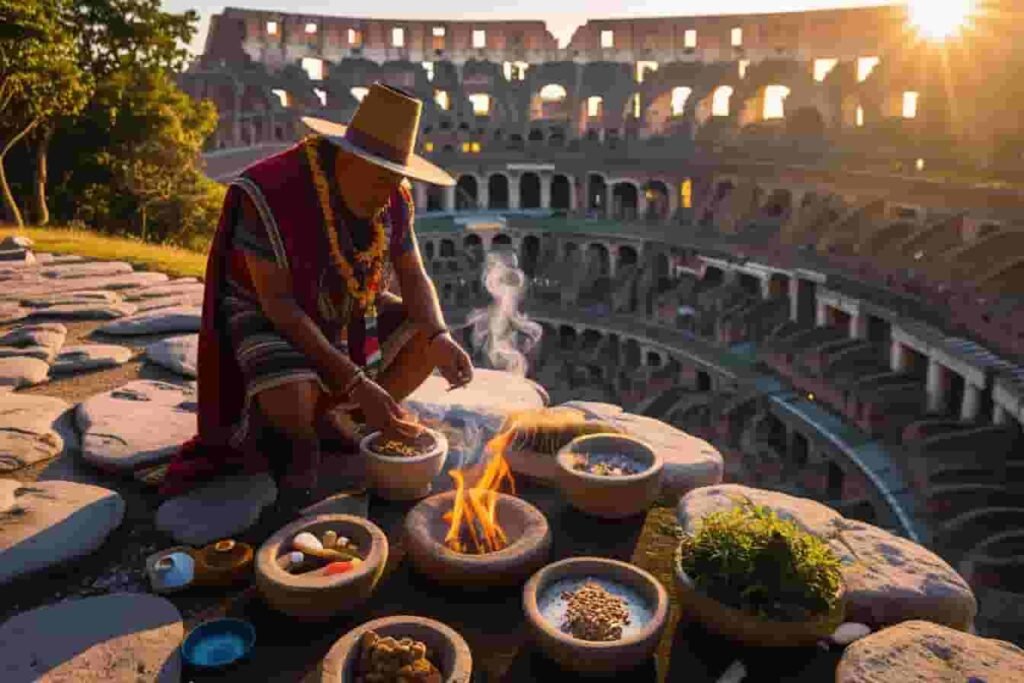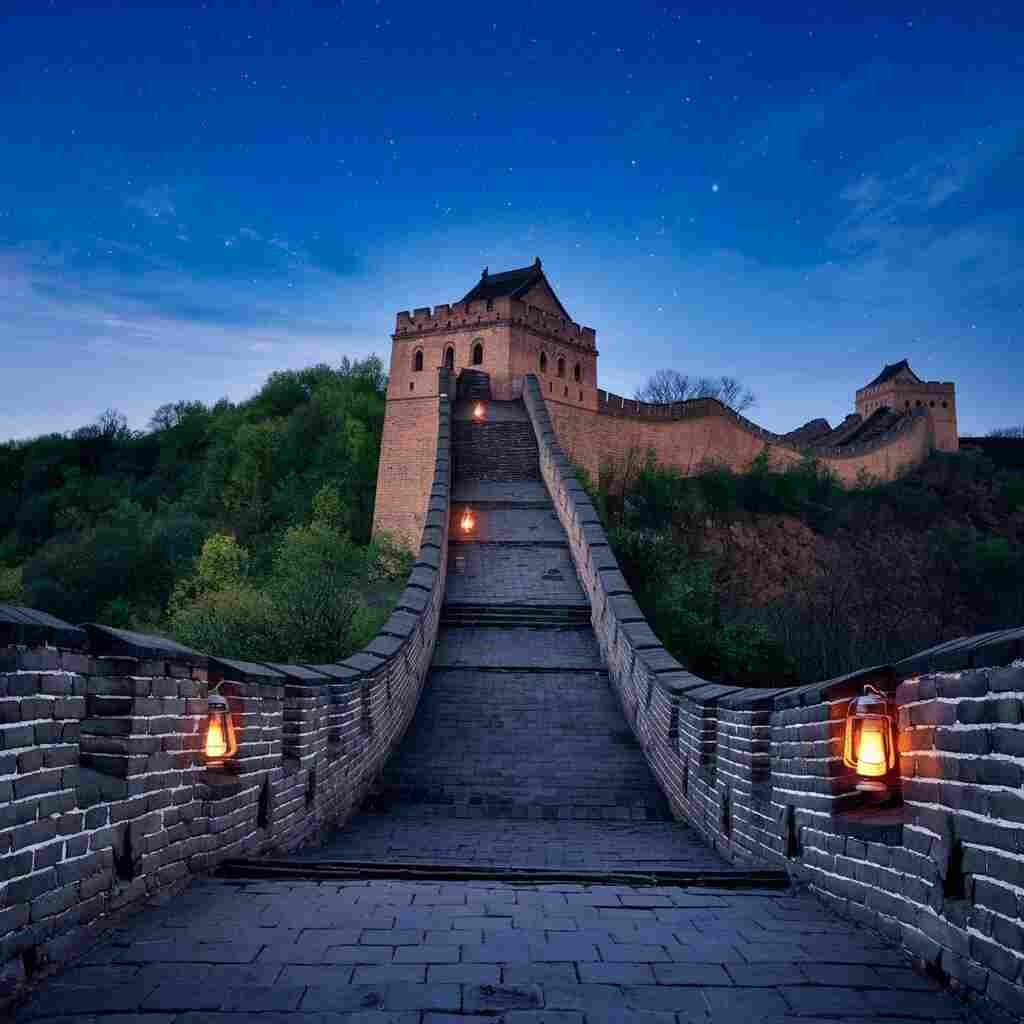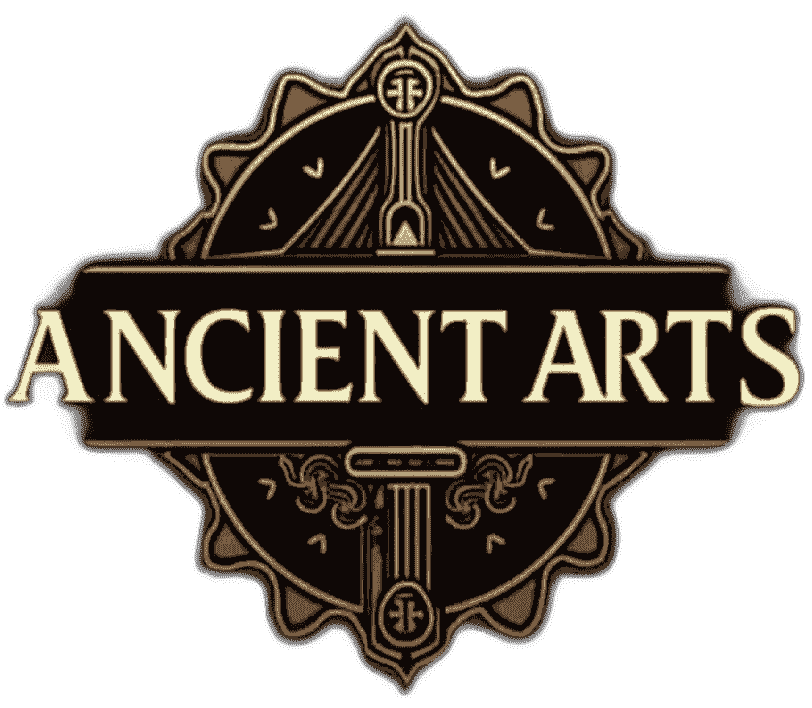The Roman Colosseum also known as the Flavian Amphitheatre is one of the most famous landmarks in the world. Located in Rome Italy it is an architectural and historical wonder that has stood for nearly 2,000 years.
Built during the Flavian dynastd this massive structure was used for gladiatorial contests public spectacles and dramatic performances. Today, it remains a symbol of Roman engineering culture and history.
In this article we will explore everything about the Roman Colosseum including its history architecture purpose significance mysteries and visitor tips. We will also answer frequently asked questions (FAQs) and provide interesting insights about this iconic monument.
History of the Roman Colosseum
Emperor Vespasian started building the Colosseum in 72 AD, and his son, Titus, finished it in 80 AD. It modified later under Emperor Domitian.
Key Historical Periods of Roman Colosseum
| Period | Timeline | Significance |
|---|---|---|
| Construction | 72 AD – 80 AD | Built under the Flavian dynasty |
| Inauguration | 80 AD | Opened with 100 days of games, including gladiator fights |
| Peak Usage | 80 AD – 400 AD | Hosted thousands of events, attracting large crowds |
| Decline | 400 AD – 1300 AD | Used less due to the fall of Rome and earthquakes |
| Medieval Era | 1300 AD – 1700 AD | Converted into a fortress and later a quarry |
| Modern Era | 1700 AD – Present | Declared a protected monument and tourist attraction |
Architectural Marvel of the Roman Colosseum
The Roman Colosseum is an extraordinary example of ancient Roman engineering and is considered one of the most impressive amphitheaters ever built.
1. Structure and Dimensions
- Shape: Oval
- Length: 189 meters (620 feet)
- Width: 156 meters (512 feet)
- Height: 48 meters (157 feet)
- Capacity: 50,000 – 80,000 spectators
- Material: Limestone, volcanic rock, concrete, and bricks
2. Seating Arrangement
The Colosseum had a wellorganized seating plan based on social hierarchy:
| Section | Who Sat There? |
|---|---|
| Front Rows | Emperor and senators |
| Middle Rows | Wealthy citizens and knights |
| Upper Levels | Commoners and traders |
| Top Tier | Slaves and women |
3. Underground Hypogeum
- The Hypogeum was a two-level underground structure beneath the arena.
- It contained tunnels trapdoors and holding areas for animals and gladiators.
- Special elevators and pulley systems lifted animals and fighters into the arena.
4. Retractable Awning (Velarium)
- A massive retractable awning was installed to provide shade to spectators.
- Operated by sailors from the Roman navy it was an advanced engineering feat for its time.

Purpose and Events in the Colosseum
The Colosseum was a center for public entertainment hosting a variety of events including
1. Gladiatorial Combat
One of the most famous spectacles involved gladiators fighting for survival.
- Trained warriors often slaves or prisoners fought each other or wild animals.
- Some earned freedom by winning multiple battles.
2. Animal Hunts (Venationes)
Foreign animals came from distant lands, including Africa, Asia, and Europe.
- Lions tigers elephants and bears were used in fights.
- These events showcased Rome power over nature.
3. Naval Battles (Naumachiae)
- The Colosseum was flooded with water to host mock sea battles.
- Ships and warriors reenacted historical naval conflicts.
4. Public Executions
- Criminals were sentenced to death through combat animal attacks or torture.
5. Dramatic Performances
- Historical reenactments and plays based on Roman mythology entertained audiences.
Mysteries and Theories of the Roman Colosseum
1. Hidden Tunnels and Chambers
- Many believe there are undiscovered tunnels beneath the Colosseum.
- Some theories suggest secret passageways for emperors to escape in emergencies.
2. The Curse of the Roman Colosseum
- Legends say the souls of gladiators haunt the ruins.
- Visitors and guards have reported strange noises and shadows at night.
3. Theories About its Decline
- It is believed that earthquakes and stone theft led to its partial destruction.
- Some suggest that early Christians opposed the violent games, leading to its abandonment.
Modern-Day Roman Colosseum
Today, the Colosseum remains one of the most visited attractions in the world.
Best Time to Visit
| Season | Weather | Crowd Level |
|---|---|---|
| Spring (Mar–May) | Mild and pleasant | Moderate |
| Summer (Jun–Aug) | Hot and crowded | High |
| Fall (Sep–Nov) | Cool | Less crowded |
| Winter (Dec–Feb) | Cold but manageable | Least crowded |
Entry Fees & Timings
- Entrance Fee: ~$18 USD
- Timings: 8:30 AM – 7:00 PM
Tips for Visitors
Buy skip-the-line tickets to avoid long waits
For less crowds, visit in the early morning or late afternoon.
Wear comfortable shoes (lots of walking)
Bring a water bottle and sunscreen (especially in summer)
FAQs About the Roman Colosseum
2. How old is the Colosseum?
It was built in 72–80 AD, making it nearly 2,000 years old.
3. Can you go inside the Colosseum?
Yes! Visitors can explore the interior, underground tunnels, and upper levels.
4. Why is part of the Colosseum missing?
Due to earthquakes, fires, and stone theft, parts of the structure collapsed over the centuries.
5. Is the Roman Colosseum haunted?
There are many legends of ghosts and strange occurrences, but no scientific evidence exists.
Conclusion
The Roman Colosseum is a symbol of Roman power, architecture, and history. From gladiator battles to modern-day tourism, it continues to inspire people worldwide.
Whether you are a history buff adventurer or cultural explorer visiting the Colosseum is a must !




